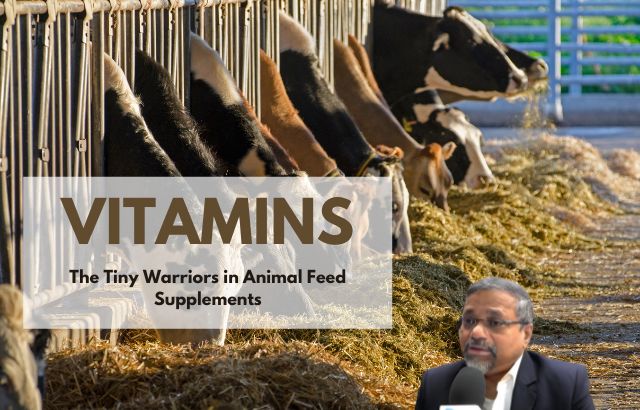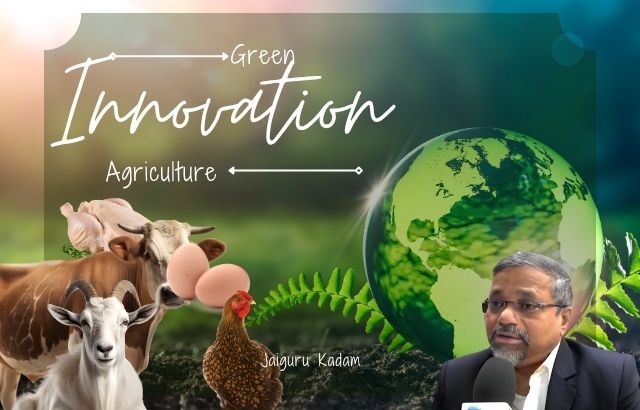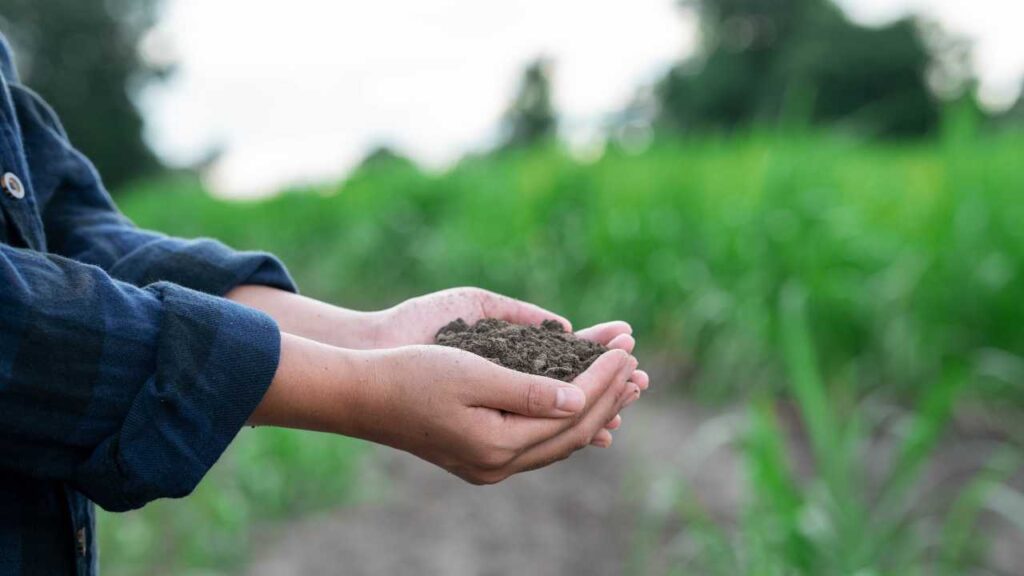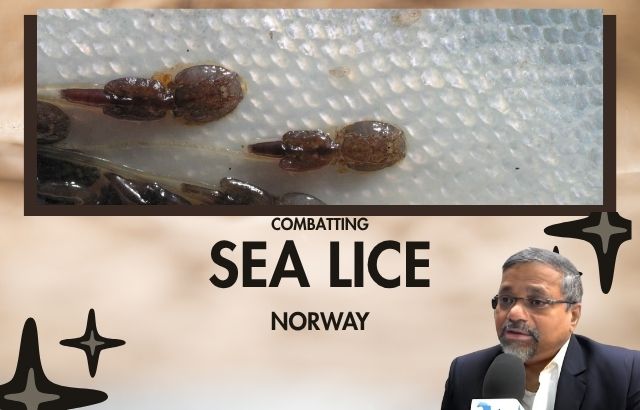Pest control has long been an essential part of agricultural practices, ensuring healthy crops and protecting them from harmful insects, weeds, and pathogens. However, as the world faces growing environmental concerns, the focus has shifted toward finding sustainable solutions for pest management. Among these, the role of adjuvants in pesticide formulations has become a crucial element in improving the effectiveness and environmental friendliness of pest control products. At the forefront of this innovation are green innovators—entrepreneurs and scientists dedicated to making pest control both more efficient and eco-friendly.
In this blog, we will explore how adjuvants work in pesticides, the role of green innovators in revolutionizing pest control, and some of the latest advances in sustainable pest management. Additionally, we will look at some examples of adjuvants and how green innovators are contributing to a greener, more sustainable future.
What Are Adjuvants in Pesticide Products?
Adjuvants are ingredients added to pesticide formulations to improve the performance and efficiency of the active ingredients. They are not active ingredients themselves but work as enhancers, ensuring that the pesticide is more effective, easier to apply, and less harmful to the environment. The key functions of adjuvants in pesticides include:
- Improving Spreading and Wetting: Adjuvants help pesticides spread evenly on plant surfaces, ensuring uniform coverage. They break the surface tension of water, allowing the pesticide to cover more surface area.
- Enhancing Penetration: Some adjuvants facilitate the penetration of pesticides into plant tissues, allowing for deeper absorption and more effective pest control.
- Reducing Evaporation: Adjuvants help slow the evaporation of pesticides, ensuring they stay active on the plant surface for longer periods.
- Minimizing Drift: By reducing the surface tension, adjuvants prevent the pesticide from drifting away from the target area, ensuring that it reaches the intended pests rather than affecting non-target organisms.
- Stabilizing Formulations: Some adjuvants help stabilize pesticide formulations, preventing degradation or separation of ingredients, which ensures the effectiveness of the product.
Examples of Adjuvants Used in Pesticide Products
- Surfactants: These adjuvants improve the spreadability and wetting properties of pesticides. For instance, nonionic surfactants such as Silwet L-77 increase the wetting action, allowing the pesticide to stick to the plant better.
- Stickers and Spreader-Adjuvants: These adjuvants enhance adhesion and spreading. For example, Bond Xtra is a sticker that helps pesticides adhere to plants even during rain, preventing wash-off.
- Crop Oil Concentrates (COCs): These are oils that help increase the absorption of pesticides into plant tissues. D-Leaf is a well-known COC used with herbicides to enhance their effectiveness, especially under challenging weather conditions.
- Buffering Agents: Used to adjust the pH of a pesticide solution, these adjuvants optimize the performance of pesticides, especially when applied in varying water conditions. AgriBuffer is an example that ensures pesticide stability in alkaline or acidic water.
Green Innovators’ Impact on Pest Control
Green innovators are reimagining pest control solutions, integrating environmentally friendly adjuvants and natural pesticides to reduce harm to non-target species, including beneficial insects, animals, and humans. These innovators are spearheading a shift towards more sustainable agricultural practices that balance pest control with environmental preservation.
Key Roles of Green Innovators:
- Developing Eco-friendly Formulations: Green innovators are formulating pesticides with natural adjuvants such as plant oils, proteins, and other biodegradable ingredients that minimize the environmental footprint.
- Improving Efficiency: By optimizing the use of adjuvants, green innovators are improving the effectiveness of pesticides while reducing the amount needed. This ensures lower pesticide use, reducing the risk of overuse and contamination.
- Promoting Integrated Pest Management (IPM): Green innovators often advocate for IPM strategies, which combine chemical, biological, and cultural methods to control pests sustainably. Adjuvants can play a role in this by improving the performance of biopesticides and natural predators.
- Focus on Biodegradable Ingredients: Many green innovators are replacing harmful chemical adjuvants with biodegradable alternatives, ensuring that the impact on the environment is minimized once the pesticide has been applied.
Example of a Green Innovator’s Contribution: A company like EcoPesticide has developed a line of bio-based adjuvants that are derived from natural sources, such as neem oil and algae extracts. These adjuvants not only help the pesticide work better but also reduce the toxic impact on the environment and non-target species.
FAQs on Adjuvants and Green Innovators in Pest Control

1. What are the benefits of using adjuvants in pesticides?
- Adjuvants improve pesticide performance by enhancing spreadability, penetration, and longevity. They ensure that pesticides are more efficient, require less product, and reduce environmental impact.
2. How do green innovators contribute to sustainable pest control?
- Green innovators focus on developing eco-friendly, biodegradable adjuvants and pesticides that have minimal environmental impact, promoting integrated pest management, and reducing chemical pesticide reliance.
3. Can adjuvants be harmful to the environment?
- While traditional chemical adjuvants may have environmental concerns, green innovators focus on natural, biodegradable adjuvants that are safe for non-target species and the environment.
4. What is Integrated Pest Management (IPM)?
- IPM is an approach that combines multiple pest control methods, including chemical, biological, and cultural practices, to reduce pest populations sustainably. Adjuvants can support biopesticides and other eco-friendly pest control tools.
5. How do adjuvants impact pesticide application?
- Adjuvants improve the uniformity and effectiveness of pesticide applications, ensuring better pest control with reduced amounts of pesticide, thus minimizing waste and potential harm to the ecosystem.
Calculations Related to Adjuvants by Green Innovators
- Effectiveness Comparison:
- Suppose a pesticide formulation with an active ingredient concentration of 10% is enhanced with an adjuvant, increasing effectiveness by 30%.
- Original pesticide effectiveness = 100% of 10% active ingredient = 10% effectiveness.
- Enhanced pesticide effectiveness with adjuvant = 10% + (30% of 10%) = 10% + 3% = 13% effectiveness.
- This shows a 30% improvement in pesticide performance with the use of an adjuvant.
- Pesticide Reduction Calculation:
- If a pesticide requires 100 liters of solution for treatment without an adjuvant, but the use of an adjuvant reduces the required amount by 25%, the new volume required would be:
- 100 liters × 75% = 75 liters.
- This reduction translates to saving 25 liters of pesticide solution per application, lowering overall pesticide usage.
- Cost Efficiency of Green Adjuvants:
- Let’s assume a traditional chemical adjuvant costs $2 per liter and a natural, eco-friendly adjuvant costs $3 per liter. However, the green adjuvant improves pesticide efficiency by 15%.
- If 100 liters of pesticide is used, the cost without the green adjuvant would be $200 ($2 per liter).
- With the green adjuvant, only 85 liters would be needed, costing $255 ($3 per liter).
- However, because the green adjuvant reduces pesticide use and improves effectiveness, it may result in better pest control outcomes, which could reduce the need for additional treatments, making it a cost-effective choice in the long run.
Conclusion
Adjuvants are essential tools in enhancing the performance of pesticides, and when used in combination with green innovations, they contribute to more sustainable and efficient pest control practices. Green innovators are leading the way in developing eco-friendly, biodegradable adjuvants and pest control solutions that minimize environmental harm while improving pest management. By integrating natural ingredients and cutting-edge technology, these innovators are shaping the future of pest control in a more sustainable direction.
With a growing emphasis on sustainability, the role of adjuvants in pesticide formulations will continue to evolve, enabling farmers to protect crops more effectively while safeguarding the planet.
Join the Green Revolution: Support Visionary Green Innovators in Pesticide Products!











